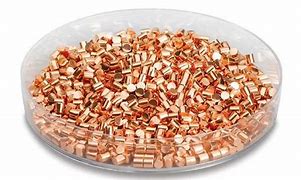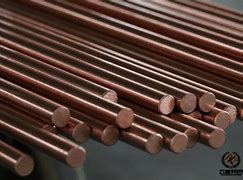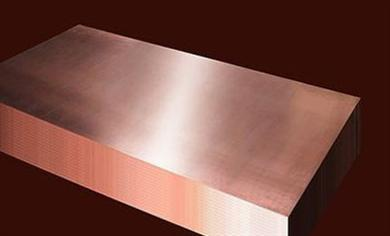Copper Pipes 101: The Unsung Heroes of Your Plumbing
(What Copper Pipe Types)
Ever wonder what keeps water flowing smoothly in your home? Copper pipes are the quiet champions behind your sinks, showers, and appliances. These metal tubes have been around for decades, and for good reason. They’re tough, reliable, and fight off rust like tiny superheroes. But not all copper pipes are the same. Let’s break down the types you might meet in your walls—and why they matter.
First, meet rigid copper pipes. These are the strong, straight tubes you’ll see in most homes. They come in different thicknesses, labeled by funky names like Type K, Type L, and Type M. Type K is the thickest, built for heavy-duty jobs like underground water lines. Type L is the middle child, perfect for everyday plumbing inside walls. Type M is the slim option, often used for short runs or low-pressure systems. If your house was built after the 1960s, chances are Type L or M is hiding in your walls right now.
Next up, flexible copper pipes. These are the bendy problem-solvers of the plumbing world. Unlike their rigid cousins, they can twist around corners without needing extra joints. You’ll find them behind refrigerators feeding ice makers or snaking under sinks to connect dishwashers. Their flexibility makes installation faster, but they’re not ideal for high-heat situations. Think of them as the handy multitaskers—great for quick fixes, but not for hot water heaters.
Then there’s DWV copper piping. DWV stands for Drain-Waste-Vent, and these pipes handle the dirty work. They’re designed for drains, sewers, and venting systems, not for carrying clean water. Thinner than other types, DWV pipes were common in older homes but have mostly been replaced by PVC these days. If you spot wide, lightweight copper pipes in a basement, they’re probably retired DWV lines reminiscing about the 1950s.
Why does copper rule the plumbing world? Three big reasons. It doesn’t rust, which means fewer leaks over time. It fights bacteria, keeping your drinking water safer. And it laughs in the face of heat, making it perfect for hot water lines. Sure, plastic pipes like PEX are cheaper, but copper’s been winning loyalty since your grandparents’ era.
Picking the right type depends on your needs. Thicker pipes (Type K) handle harsh conditions, while Type L balances cost and durability. Flexible copper saves time during installations, and DWV… well, it’s mostly a vintage curiosity now. Always check local building codes—some areas have strict rules about pipe types. And if you’re DIY-ing, remember: soldering copper pipes takes practice. One wrong move, and you’ll have a mini waterfall in your kitchen.
(What Copper Pipe Types)
From carrying icy drinking water to steaming showers, copper pipes work hard without applause. They’re hidden in walls, under floors, and behind appliances, quietly doing their job for 50 years or more. Next time you turn on a faucet, give a little nod to the copper maze making it all possible.
Inquiry us
if you want to want to know more, please feel free to contact us. (nanotrun@yahoo.com)



